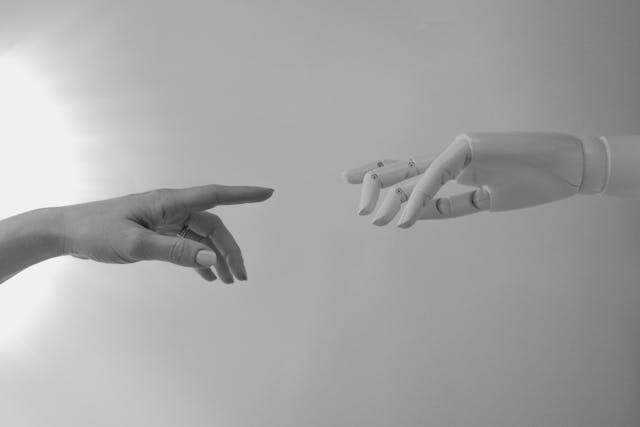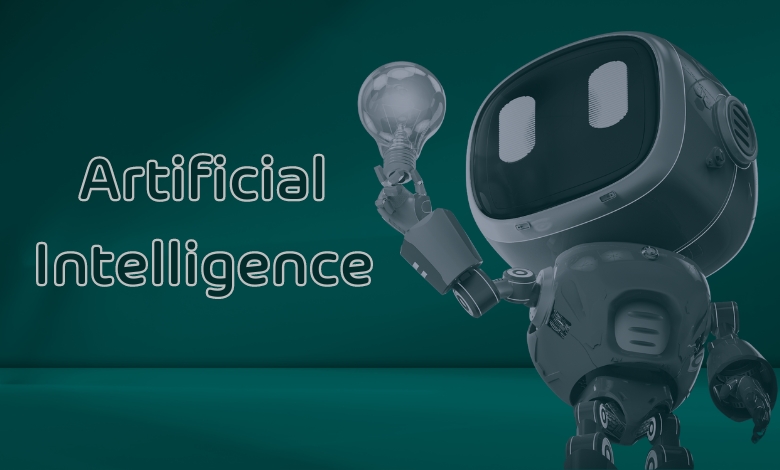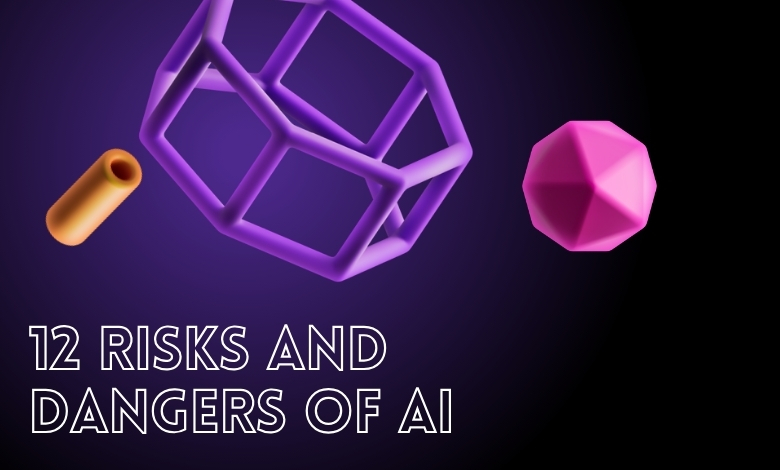Discover how human-agent joint learning accelerates efficient robot manipulation skill acquisition through shared intelligence.
You know that weird moment when you watch a robot try to pick something up… and it fumbles? It’s like watching a kid trying to grab a toy that keeps slipping away. That tiny moment says a lot about how far we’ve come in robotics and artificial intelligence, and how far we still have to go.
Because here’s the thing: teaching a robot to “grab” isn’t just about giving it an instruction. It’s about teaching it to understand what grabbing even means. That’s where something fascinating comes in; human-agent joint learning for efficient robot manipulation. Yeah, it sounds like jargon at first, but once you break it down, it’s kind of beautiful. It’s about you, me, machines, and how we all learn… together.
Article Breakdown
So What’s Going On Here
Alright, let’s unpack it.
Human-agent joint learning basically means humans and AI agents working side by side to train robots. Not in the usual “we program, they execute” way; but in a way that feels more like co-learning.
Think of it like dancing. You lead, the AI follows… and before long, the AI starts predicting your next step. Eventually, both of you move in sync. The robot learns from both of you, and suddenly it starts to “get it” faster than ever before.
That’s what makes this whole idea so revolutionary. Traditional robots learn through repetition; over and over again until they get it right. But when humans and agents teach together, the process becomes so much more efficient. Humans bring intuition. Agents bring optimization. And robots? They become faster learners than either could achieve alone.
Why You Should Care
If you’ve ever tried to teach someone a skill; like showing a friend how to cook; you already understand the pain of repetition. Robots face that same frustration, except multiplied by millions of trials.
Without guidance, they just repeat mistakes until something works. But when a human joins the loop, things shift. You can point out what matters, when to adjust, how to adapt. Suddenly, every failed attempt becomes useful.
Now, imagine adding an AI agent that observes both of you; recording your decisions, the timing, the subtleties you don’t even realize you’re teaching. It then turns those moments into mathematical patterns that the robot can learn from… in record time.
That’s what “efficient robot manipulation skill acquisition” really means. It’s not about programming perfection. It’s about merging human wisdom with AI precision.
Picture This
Let me paint a scene.
You’re teaching a robot arm to pour coffee into a cup. You show it once… twice… and by the third time, it sort of understands. But you’re also working with an AI that watches how your hand steadies the pot, how you tilt just before the stream hits the rim. The AI starts suggesting micro-adjustments. “Try a slower tilt here… a firmer grip there.”
Before long, the robot isn’t just copying you; it’s learning why your method works. It understands balance, timing, and even anticipation.
That’s the magic of joint learning. The robot isn’t just a follower anymore; it’s becoming a thinker in its own right.
A Quick Look Back
It helps to see how far we’ve come.
Once upon a time, robots learned through rigid rules. If A happens, do B. There was no learning… only executing. Then came imitation learning, where robots watched humans perform tasks and mimicked what they saw. Better, but still limited.
Then, reinforcement learning changed the game. Robots started learning by trial and reward; like “do this, get points.” It worked, but it was slow. They needed countless simulations to learn even simple motions.
Now, we’re in this new era; human-agent joint learning. It’s not just one side teaching the other. It’s both sides adapting in real time. Humans bring context. AI brings precision. Together, they build something that neither could achieve alone.
What Makes It “Joint”
This is the part that really fascinates me.
The “joint” in joint learning doesn’t mean taking turns. It means simultaneous learning. You, the AI agent, and the robot are all learning at once. You correct the robot. The agent analyzes your correction. The robot adjusts based on both.
It’s like three minds collaborating in real time; each one teaching and learning from the others. You notice the robot’s mistake and guide it. The AI sees why you guided it that way and updates its model. The next time, the agent might even suggest a correction before you do.
You’re not just training a robot anymore… you’re co-evolving with it.
The Technical Heart of It All
Alright, if you’re wondering how this all actually works; it’s built on a mix of clever learning strategies.
There’s reinforcement learning, where the AI rewards success. There’s imitation learning, where the robot copies what you do. There’s shared autonomy, where control shifts smoothly between human and AI inputs. And there’s transfer learning, which helps robots apply what they’ve learned in one environment to another.
All of these blend together. Imagine it as a hybrid brain that absorbs both your reasoning and the agent’s optimization. The robot doesn’t just memorize actions… it starts understanding intent. It learns why you grip softer when an object is fragile, why you slow down when balance matters.
And that’s when learning becomes truly efficient.
Why It’s So Efficient
The word “efficient” in all this isn’t just about speed. It’s about doing more with less.
- You don’t need thousands of repetitive demonstrations anymore. A handful might do.
- The AI agent can optimize the learning curve in real time, cutting out wasted effort.
- The robot gains context; it knows not just how to succeed but why it failed before.
- Every mistake becomes a lesson that strengthens the next attempt.
Basically, you’re teaching smarter, not harder.
It’s the difference between memorizing answers and understanding the problem.
Where It’s Already Changing Things
Let’s bring this down to earth; or into space, or the operating room.
In surgical robotics, for example, surgeons train AI systems through real operations. The robot doesn’t just record motions; it learns the intention behind them. The AI agent optimizes for steadiness, precision, and adaptability.
In manufacturing, workers demonstrate how to assemble components. The AI learns torque, angle, and motion optimization, so the robot can replicate the process faster and safer.
In space exploration, astronauts co-train robots for unpredictable environments, sharing learning loops that prepare them for terrain changes and object handling.
Even in home assistance, robots are learning from humans and AI simultaneously to handle tasks like folding laundry or pouring water. Each correction teaches both the machine and the algorithm behind it.
But Let’s Be Real… It’s Not All Smooth
Here’s where things get messy; and honest.
Human-agent joint learning sounds perfect, but it’s tricky. You need precise synchronization between human input and AI model updates, and that’s no small task.
Sometimes, the AI learns too fast. It starts predicting what you’re going to teach next… and you find yourself second-guessing who’s in charge. Other times, it learns too little, and the human ends up doing most of the heavy lifting.
And safety? That’s a whole other challenge. A co-adaptive robot must know when not to act… even when it’s confident it can.
Still, that discomfort… that uncertainty… it’s part of the process. Real progress happens in that awkward middle ground where neither the human nor the AI fully knows what’s next; but both are learning to trust each other.
Comparing Learning Styles
| Learning Type | Human Role | AI Role | Efficiency | Real-World Adaptability |
|---|---|---|---|---|
| Rule-Based Systems | None | Full control | Low | Very low |
| Imitation Learning | Demonstrator | Passive learner | Moderate | Moderate |
| Reinforcement Learning | None | Active explorer | High (data heavy) | Variable |
| Human-Agent Joint Learning | Co-trainer | Active collaborator | Very high | High and scalable |
When you look at it side by side, it’s obvious. Joint learning isn’t just a new method; it’s an evolution. It’s the step where teaching becomes partnership.
The Human Feel in the Machine
You know what’s really wild? The emotional part of this.
When you’re training a robot, it’s not just about data or algorithms. You start rooting for it. You celebrate when it finally grips that object just right. You sigh when it misses again.
That shared sense of progress… it’s human. And it’s spreading into machines through these learning models.
When a robot finally does something you’ve been guiding it toward, it feels like teamwork. That’s what makes this field so alive; it’s not sterile science. It’s collaboration in the truest sense.
Looking Ahead
If you think about it, we’re heading toward something even bigger.
Soon, teaching a robot might feel like mentoring a new team member. You’ll show it once, it’ll practice a few times, and then it’ll start teaching others; faster, smarter, more efficiently than before.
That’s when human-agent joint learning becomes something else entirely: a loop of collective intelligence. Humans teach agents. Agents teach robots. Robots teach new systems.
It’s not automation anymore. It’s co-evolution.
Frequently Asked Questions
What is human-agent joint learning? It’s when humans and AI agents work together to train robots, merging human intuition with AI optimization for faster learning.
How is it different from imitation learning? Imitation learning just copies human actions. Joint learning adds an AI that interprets, improves, and refines those lessons.
Why is it so important for robot manipulation? Because it helps robots handle real-world variations; faster, smarter, and with fewer errors.
Is this already being used? Yes. It’s showing up in surgeries, factories, and even home robotics; anywhere precision and adaptability matter.
Will robots ever teach themselves completely? Maybe partly, but even self-learning systems will always carry a piece of human wisdom from this joint learning phase.
Key Takings
- Human-agent joint learning blends human intuition with AI precision for faster robot skill building.
- It turns training into co-learning; both human and agent evolve together.
- Efficiency comes from shared feedback loops and reduced trial waste.
- The process is emotional, unpredictable, and deeply human.
- Real-world use spans surgery, space, and industry.
- It’s not just about robots learning… it’s about all of us learning together.
- The future lies in collective intelligence; a true partnership of minds.
Additional Resources
- Shared Autonomy in Robotics: Learn how human oversight combined with AI improves safety, control, and adaptability.



